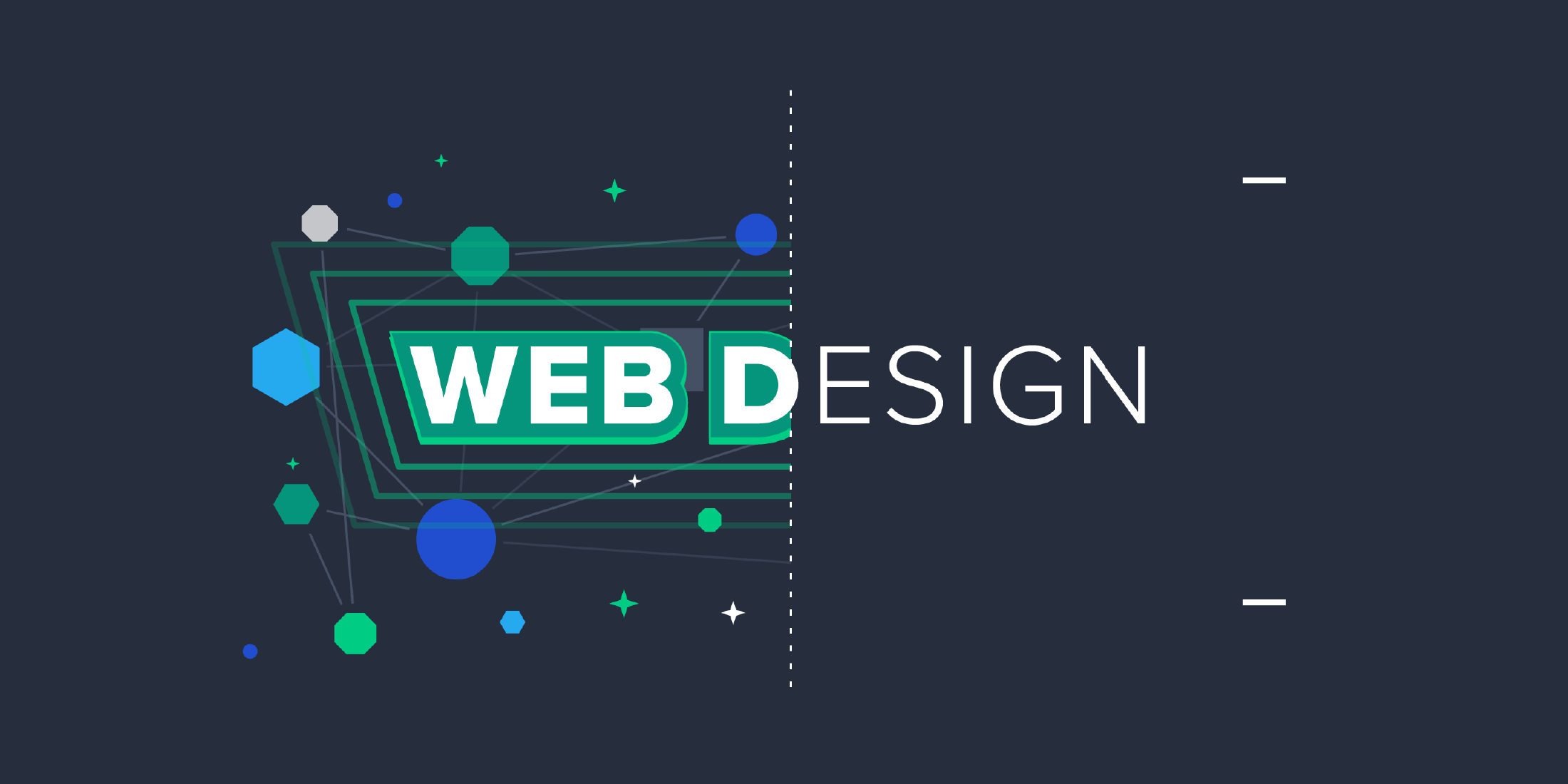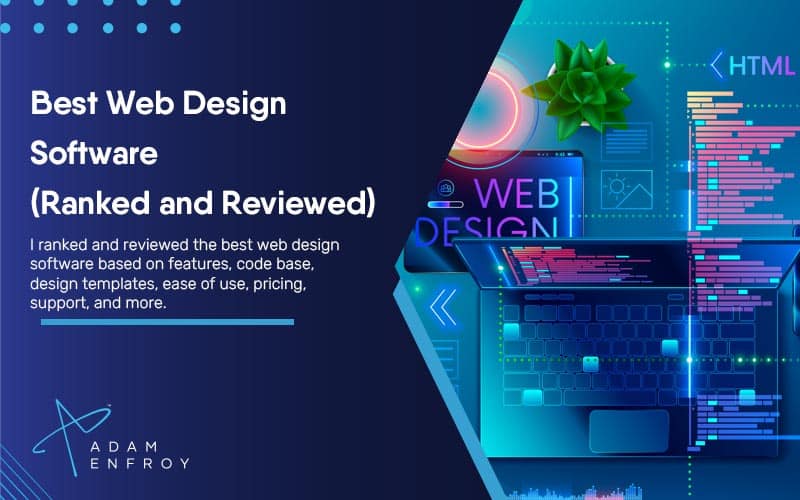All Categories
Featured
Table of Contents
- – Why Is Web Design Important? - 6 Reasons To In...
- – What Is Web Design, How To Do It Right And Be...
- – Web Design Inspiration : The Best Website Des...
- – Web Design - Website Design Tutorials, Articl...
- – Web Design Projects - Behance Tips and Tricks:
- – St Louis Seo Company - St Louis Web Design An...
- – Beginner's Guide: How To Learn Web Design At...
- – What Is Web Design? - Interaction Design Fou...
- – Web Developers And Digital Designers - Burea...
- – Chavez Web Design: Web Design San Diego - Ba...
- – Web Developers And Digital Designers - Burea...
Why Is Web Design Important? - 6 Reasons To Invest In Site ... Tips and Tricks:
Quick summary Usability and the energy, not the visual design, figure out the success or failure of a website. Considering that the visitor of the page is the only individual who clicks the mouse and for that reason chooses everything, user-centric style has actually developed as a standard approach for effective and profit-oriented website design - web design frederick md.
and the utility, not the visual design, determine the success or failure of a website. Considering that the visitor of the page is the only person who clicks the mouse and for that reason chooses whatever, user-centric design has ended up being a basic approach for effective and profit-oriented website design. If users can't use a feature, it may as well not exist.
g. where the search box should be put) as it has actually currently been carried out in a number of short articles; instead we concentrate on the techniques which, utilized correctly, can result in more sophisticated style decisions and simplify the process of viewing provided details. Please discover that you might be thinking about the usability-related posts we've published prior to: Principles Of Great Website Style And Reliable Website Design Standards, In order to utilize the principles correctly we first need to comprehend how users engage with sites, how they think and what are the standard patterns of users' behavior.
What Is Web Design, How To Do It Right And Best Skills - Rock ... Tips and Tricks:
Visitors glimpse at each brand-new page, scan some of the text, and click on the first link that catches their interest or vaguely looks like the thing they're trying to find. There are large parts of the page they don't even look at. A lot of users look for something interesting (or beneficial) and clickable; as quickly as some promising candidates are discovered, users click.
If a page supplies users with high-quality content, they want to jeopardize the content with advertisements and the style of the website. This is the factor why not-that-well-designed websites with top quality content get a great deal of traffic over years. Content is more crucial than the design which supports it.

Extremely easy principle: If a website isn't able to satisfy users' expectations, then designer stopped working to get his task done effectively and the business loses money. The higher is the cognitive load and the less intuitive is the navigation, the more prepared are users to leave the website and search for options.
Web Design Inspiration : The Best Website Design Ideas Tips and Tricks:
Neither do they scan web page in a direct style, going sequentially from one website section to another one. Instead users satisfice; they select the first affordable choice. As quickly as they discover a link that appears like it may result in the goal, there is a great possibility that it will be right away clicked.
It does not matter to us if we comprehend how things work, as long as we can utilize them. If your audience is going to imitate you're designing billboard, then style terrific billboards." Users want to have the ability to manage their web browser and rely on the consistent information presentation throughout the website.
If the navigation and site architecture aren't user-friendly, the variety of question marks grows and makes it harder for users to comprehend how the system works and how to receive from point A to point B. A clear structure, moderate visual ideas and quickly identifiable links can help users to discover their path to their objective.
Web Design - Website Design Tutorials, Articles And Free Stuff Tips and Tricks:

Considering that users tend to check out sites according to the "F"-pattern, these 3 statements would be the very first elements users will see on the page once it is loaded. The design itself is simple and instinctive, to understand what the page is about the user requires to search for the response.
When you've accomplished this, you can interact why the system is helpful and how users can benefit from it. Individuals will not utilize your web site if they can't discover their way around it. 2. Don't Squander Users' Persistence, In every job when you are going to use your visitors some service or tool, try to keep your user requirements minimal.
First-time visitors want to, not filling long web forms for an account they might never use in the future. Let users check out the site and discover your services without forcing them into sharing personal information. It's not affordable to force users to get in an email address to test the function.
Web Design Projects - Behance Tips and Tricks:
Stikkit is an ideal example for an easy to use service which requires nearly nothing from the visitor which is unobtrusive and reassuring. And that's what you want your users to feel on your web website. Obviously, Termite needs more. The registration can be done in less than 30 seconds as the form has horizontal orientation, the user doesn't even need to scroll the page.
A user registration alone is enough of an obstacle to user navigation to cut down on inbound traffic. Handle To Focus Users' Attention, As sites provide both fixed and vibrant content, some elements of the user interface draw in attention more than others do.
Focusing users' attention to particular areas of the website with a moderate usage of visual components can assist your visitors to receive from point A to point B without thinking about how it actually is expected to be done. The less question marks visitors have, the they have and the more trust they can establish towards the business the website represents.
St Louis Seo Company - St Louis Web Design And Internet ... Tips and Tricks:
Aim For Function Exposure, Modern web styles are usually criticized due to their approach of directing users with aesthetically appealing 1-2-3-done-steps, large buttons with visual results etc. From the style point of view these aspects actually aren't a bad thing.
The website has 9 main navigation options which show up at the first look. The option of colors may be too light, though. is an essential concept of successful user interface style. It doesn't actually matter how this is attained. What matters is that the content is well-understood and visitors feel comfy with the way they connect with the system.
Instead a rate: just what visitors are looking for. An optimal option for effective writing is touse brief and concise phrases (come to the point as rapidly as possible), usage scannable design (categorize the content, utilize several heading levels, use visual components and bulleted lists which break the circulation of consistent text blocks), usage plain and objective language (a promotion does not need to sound like ad; provide your users some sensible and unbiased reason why they must use your service or stay on your site)6.
Beginner's Guide: How To Learn Web Design At Home - Medium Tips and Tricks:
Users are rarely on a site to delight in the design; in addition, for the most part they are looking for the details in spite of the style - web design frederick md. Pursue simplicity rather of intricacy. From the visitors' viewpoint, the very best website style is a pure text, without any ads or additional content blocks matching precisely the inquiry visitors utilized or the content they have actually been trying to find.
Finch plainly provides the information about the website and gives visitors a choice of choices without overcrowding them with unneeded material. 7. Do not Be Scared Of The White Space, In fact it's truly difficult to overstate the value of white area. Not just does it help to for the visitors, however it makes it possible to perceive the information presented on the screen.
Complex structures are harder to read, scan, evaluate and deal with. If you have the choice between separating 2 design segments by a noticeable line or by some whitespace, it's usually better to use the whitespace option. (Simon's Law): the much better you manage to supply users with a sense of visual hierarchy, the simpler your material will be to view.
What Is Web Design? - Interaction Design Foundation (Ixdf) Tips and Tricks:
The very same conventions and rules ought to be applied to all elements.: do the most with the least amount of cues and visual components. Four significant indicate be thought about: simpleness, clearness, distinctiveness, and focus. Simplicity includes only the aspects that are most essential for interaction. Clearness: all elements must be designed so their meaning is not uncertain.
Conventions Are Our Friends, Conventional style of site aspects does not result in an uninteresting web website. It would be a functionality problem if all sites had different visual discussion of RSS-feeds.
comprehend what they're getting out of a website navigation, text structure, search positioning etc. A common example from use sessions is to translate the page in Japanese (presuming your web users do not know Japanese, e. g. with Babelfish) and offer your use testers with a job to find something in the page of various language.
Web Developers And Digital Designers - Bureau Of Labor ... Tips and Tricks:
Steve Krug suggests that it's much better to, however benefit from conventions when you do not. 10. Test Early, Test Frequently, This so-called TETO-principle ought to be used to every web design project as use tests often offer into substantial problems and issues related to a given design. Test not too late, not too little and not for the wrong reasons.
Some essential indicate bear in mind: according to Steve Krug, and testing one user early in the project is much better than screening 50 near completion. Accoring to Boehm's first law, mistakes are most frequent throughout requirements and design activities and are the more expensive the later they are gotten rid of.
That means that you create something, test it, repair it and after that evaluate it again. There might be issues which have not been discovered during the preliminary as users were almost obstructed by other issues. functionality tests. Either you'll be pointed to the issues you have or you'll be pointed to the lack of major design defects which remains in both cases a beneficial insight for your job.
Chavez Web Design: Web Design San Diego - Bakersfield ... Tips and Tricks:

This holds for designers. After you've dealt with a site for few weeks, you can't observe it from a fresh perspective any longer. You understand how it is developed and for that reason you know exactly how it works you have the wisdom independent testers and visitors of your website wouldn't have.
It can be connected to other areas such as graphic design, user experience, and multimedia arts, but is more aptly seen from a technological standpoint. It has actually become a large part of people's everyday lives. It is tough to imagine the Internet without animated graphics, various designs of typography, background, videos and music.

During 1991 to 1993 the World Wide Web was born. Text-only pages could be seen utilizing a simple line-mode web browser. There had actually been no integrated approach to graphic style components such as images or sounds.
Web Developers And Digital Designers - Bureau Of Labor ... Tips and Tricks:
The W3C was developed in October 1994 to "lead the Internet to its full capacity by establishing common protocols that promote its development and guarantee its interoperability." This discouraged any one company from monopolizing a propriety web browser and shows language, which could have modified the effect of the World Wide Web as a whole.
As this has taken place the innovation of the web has actually likewise moved on. There have also been considerable changes in the method people use and access the web, and this has changed how websites are designed.
Learn more about Lovell Media Group LLC or TrainACETable of Contents
- – Why Is Web Design Important? - 6 Reasons To In...
- – What Is Web Design, How To Do It Right And Be...
- – Web Design Inspiration : The Best Website Des...
- – Web Design - Website Design Tutorials, Articl...
- – Web Design Projects - Behance Tips and Tricks:
- – St Louis Seo Company - St Louis Web Design An...
- – Beginner's Guide: How To Learn Web Design At...
- – What Is Web Design? - Interaction Design Fou...
- – Web Developers And Digital Designers - Burea...
- – Chavez Web Design: Web Design San Diego - Ba...
- – Web Developers And Digital Designers - Burea...
Latest Posts
Website Design - Best Ecommerce Web Design By Shopify Tips and Tricks:
Modern Website Designs - Best Web Page Designers Tips and Tricks:
Penner Home - Durham Web Design - Penner Web Design ... Tips and Tricks:
More
Latest Posts
Website Design - Best Ecommerce Web Design By Shopify Tips and Tricks:
Modern Website Designs - Best Web Page Designers Tips and Tricks:
Penner Home - Durham Web Design - Penner Web Design ... Tips and Tricks: